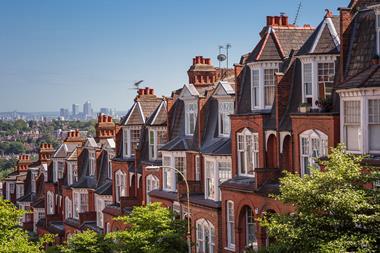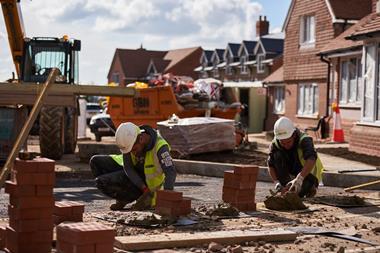Urban development land outside London has fallen by 33% over the past year and by 15% in the past quarter, according to Knight Frank’s new residential development land index.
Greenfield sites have fared slightly better, with falls of 30% over the past year and 13% over the past three months.
Yorkshire and Humberside have been hardest hit, with land in worth around half last year’s value. The North-West is close behind, with drops of 41% and 36% reported for brownfield and greenfield sites respectively.
Only well-located ‘oven-ready’ plots with planning permission continue to attract interest, but because these remain scarce, any offers are likely to include deferred terms and options.
The capital
But London has avoided the full impact of the downturn, with inner cit prices falling by 10% and those in outer London by 15%.
‘Super-prime’ sites in the most sought after areas of the capital have barely been affected, and though demand has dropped by half, it still exceeds supply, with some sites still fetching the equivalent of £100m+ per acre.
Market competition
The Housing Association sector is also on the rise, representing 30% of all acquisition activity – compared to just 16% for private sector developers.
Similarly, bargain-hunting speculators are on the increase, making-up 21% of buyers nationally and half of London’s marketplace.
Jon Neale, head of development research at Knight Frank, said: ‘It is unsurprising that speculators are already active in the market. However, there are a larger number of cash-rich players who have yet to enter the fray, although they are watching prices very carefully. The ongoing financial crisis and uncertainty over the prospects for British economy over the next year suggest that values will continue to fall.
‘More supply will come to the market as developers reduce the size of their land banks, and it will be some time before they are ready to acquire again. Nevertheless, the presence of Housing Associations and, increasingly, speculators will help to cushion the market against the sort of declines seen over the past year.
“Values are likely to continue to fall, albeit at a lower rate of around 10% over the next twelve months. The regions that have suffered the earliest and most dramatic falls, such as Yorkshire and Humberside, may be among the first to see recovery.’
































No comments yet